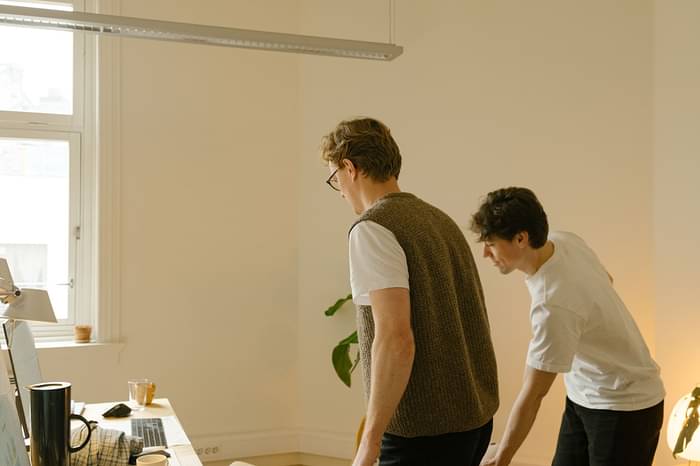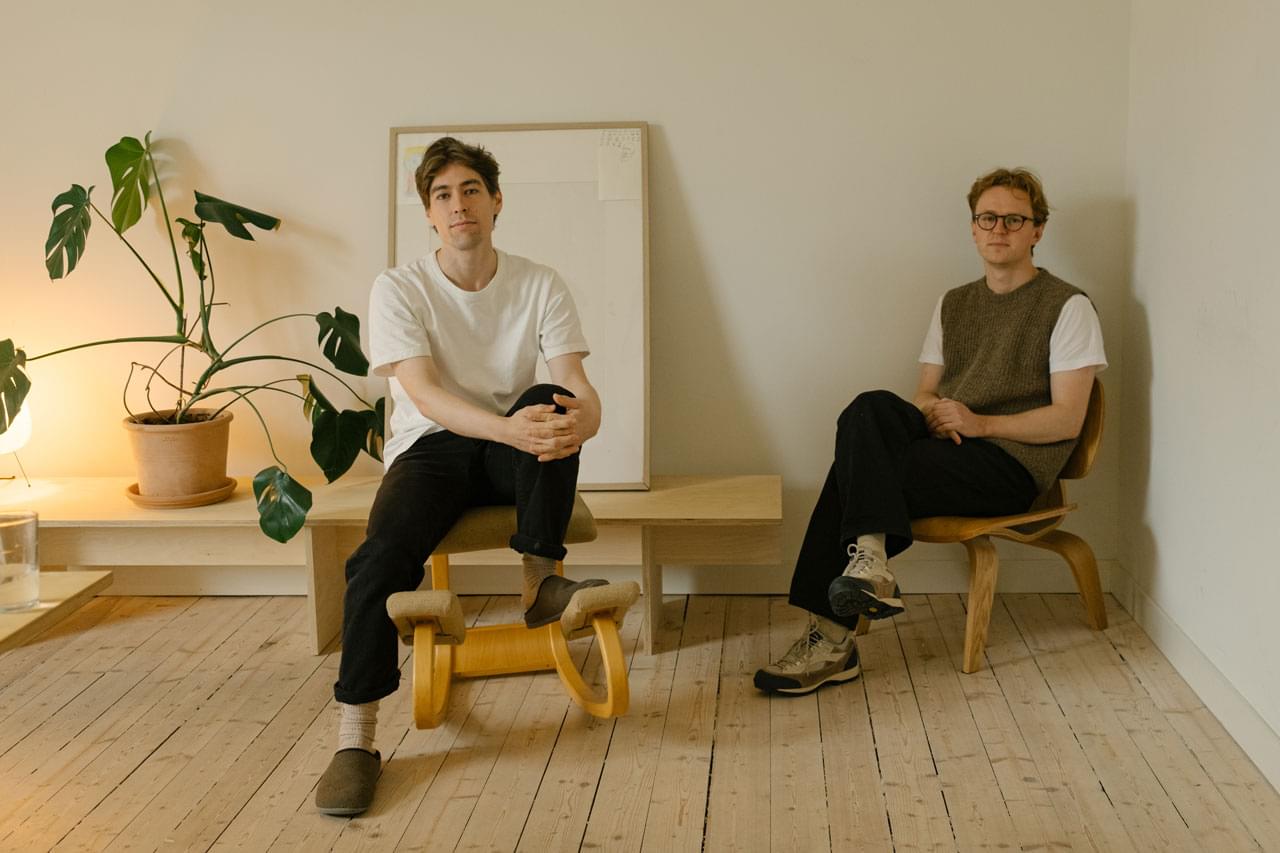
WIP Could you do a little introduction about yourself?
E&E We are Elias and Erlend. We run a small design studio called Travers. Besides that, we also work at the Oslo School of Architecture and Design, teaching interaction design and service design. In our studio, we work with interaction design and service design mainly. We say that we work with design and society. That means that we work a lot with the public sector. We work a bit with state actors, but we also have love for municipalities. We've been travelling around Norway trying to introduce design to fields that have never touched design, at least in a sense that's not like designer furniture or designer things, but people that are new to the design way of working.
I think when we talk about design, it's like a broad expression about a process of how to go about things, like being user-centric, starting with the user, trying to explore broadly to find multiple alternatives to what can be and to work iteratively, testing out, using prototypes in processes that might be used to a different kind of method.
WIP Where and how did you find out what the right process for you was?
E&E We did a master's in design at the Oslo School of Architecture and Design. The course had a focus on product design—like, physical things—and then it transitioned into interaction design and more digital design, and out of that, service design. So I think the school has taught us various strands of the design process.
But I think for us, we've sort of found our own take on how to do that process. Returning to the first project we did in our third year, we worked with Ruter, the transport agency of Oslo, on how we could integrate walking into their systems and their overall experience. And I think that was like a start for us to see how we can work together, how we can combine creativity with structure, which is, I think, is something that you always have to balance.
Also, we did a side project when we went to school called Boden, where we—together with two of our friends from class—went sort of nuts with branding, and we basically designed thousands of logos and put them on anything that we could find and just try to really stretch what that means. And that was also a way of figuring out, like, how does branding work, how do we perceive things? What is a product, and what is a prototype? And although we don't do branding now, I think that mindset helps us when we work with the municipalities. It's not the same as making a cool T-shirt to be released at a pop-up, but I think it's more comparable than people think, in a sense.
